

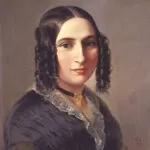
Musical Legacy and Works:
Explore an enchanting audio snippet showcasing the brilliance Fanny Mendelssohn Hensel's composition.
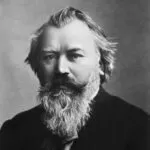
Key Points:
Johannes Brahms, a maestro of symphonic and sonata styles in the 19th century, emerged from a humble background in Hamburg, Germany. His early exposure to music, nurtured by his father's role in the Hamburg Philharmonic Society, shaped Brahms into a musical prodigy. A fortuitous encounter with Robert Schumann in 1853 marked a turning point, thrusting Brahms into the evolving musical landscape. As he settled in Vienna, Brahms flourished as a conductor and composer, producing timeless works such as "A German Requiem" and exploring diverse genres like waltzes and Hungarian dances. Despite personal struggles, Brahms' commitment to his craft remained unwavering. In his later years, he grappled with introspective themes in compositions like "Vier ernste Gesange." Brahms, a perfectionist until the end, left an enduring legacy upon his death in 1897, reflecting the culmination of a life dedicated to musical excellence.
Explore an enchanting audio snippet showcasing the brilliance Johannes Brahms 's composition.
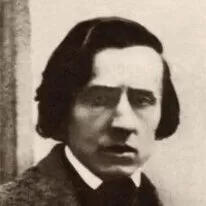
Early Years (1810-1831):
Frédéric Chopin's enduring impact on music, his unparalleled piano compositions, and his complex personal journey continue to captivate audiences worldwide.
Explore an enchanting audio snippet showcasing the brilliance Frédéric Chopin's composition.
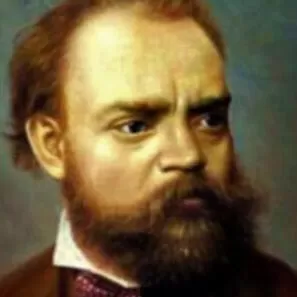
Birth and Early Education:
Explore an enchanting audio snippet showcasing the brilliance Antonin Dvorak's composition.
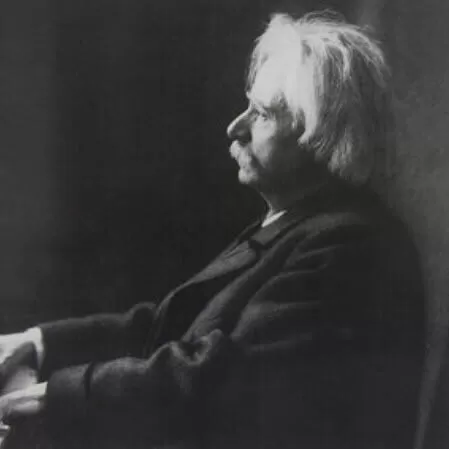
Edvard Grieg, a renowned Norwegian Composer and Pianist, left an indelible mark on the Romantic Era and played a pivotal role in shaping Norwegian identity through his musical creations.
Explore an enchanting audio snippet showcasing the brilliance Edvard Grieg's composition.
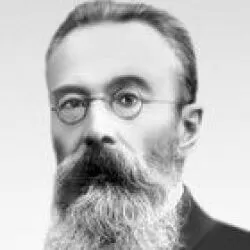
Early Years:
Joined the Imperial Russian Navy but discovered his true calling in music after meeting Mily Balakirev in 1861.
Explore an enchanting audio snippet showcasing the brilliance Nikolai Rimsky-Korsakov's composition.
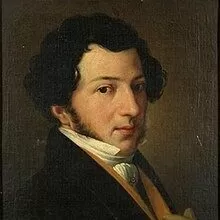
Gioachino Antonio Rossini: A Musical Prodigy
Early Years in Pesaro (1792-1804):
Joined Pesaro's municipal band at six as a metal triangle player.
Explore an enchanting audio snippet showcasing the brilliance Gioachino Antonio Rossini's composition.
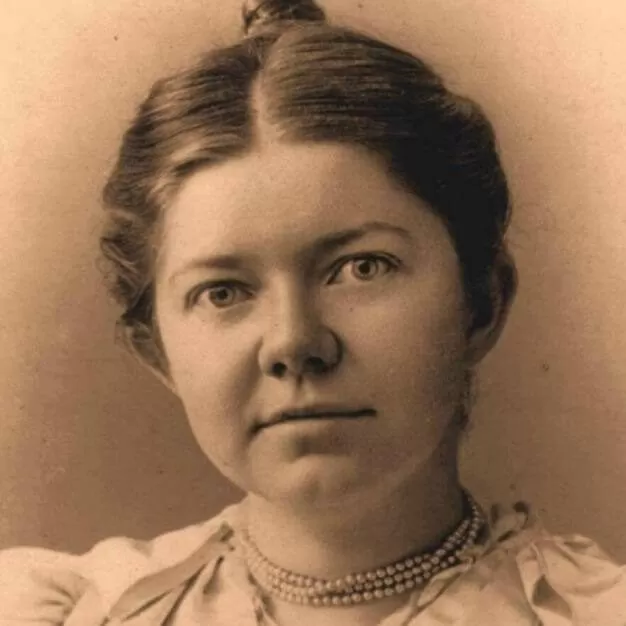
Amy Marcy Beach (1867–1944), an extraordinary American pianist and prolific composer, defied the barriers of her time, excelling in an era when even male American composers faced unfair comparisons to their European counterparts. Overcoming societal prejudices as a woman and an American, Beach became the first successful female American composer and the creator of the groundbreaking "Gaelic Symphony." Despite initial challenges, her musical genius propelled her to become one of America's foremost musical ambassadors.
Biography:
Works:
Philosophy:
Accomplishments:
Amy Beach's legacy endures as a trailblazer in American classical music, breaking gender and cultural barriers with her exceptional contributions.
Explore an enchanting audio snippet showcasing the brilliance Amy Marcy Beach 's composition.
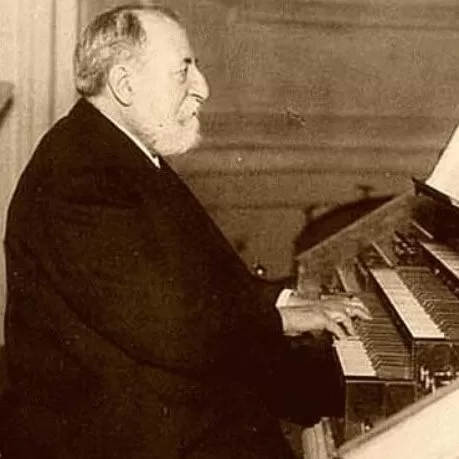
Composer and Performer:
Charles Camille Saint-Saëns's legacy endures as a multifaceted artist who bridged eras and left an indelible mark on music's evolution.
Explore an enchanting audio snippet showcasing the brilliance Charles Camille Saint-Saëns's composition.
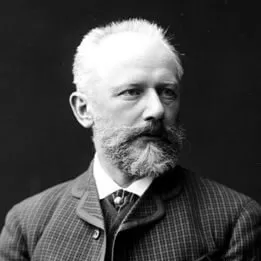
Musical Journey of Tchaikovsky
Early Life and Career Beginnings
Tchaikovsky's Compositions Unveiled
Personal Struggles and Relationships
Legacy and Controversial End
Explore an enchanting audio snippet showcasing the brilliance Peter Ilyich Tchaikovsky's composition.
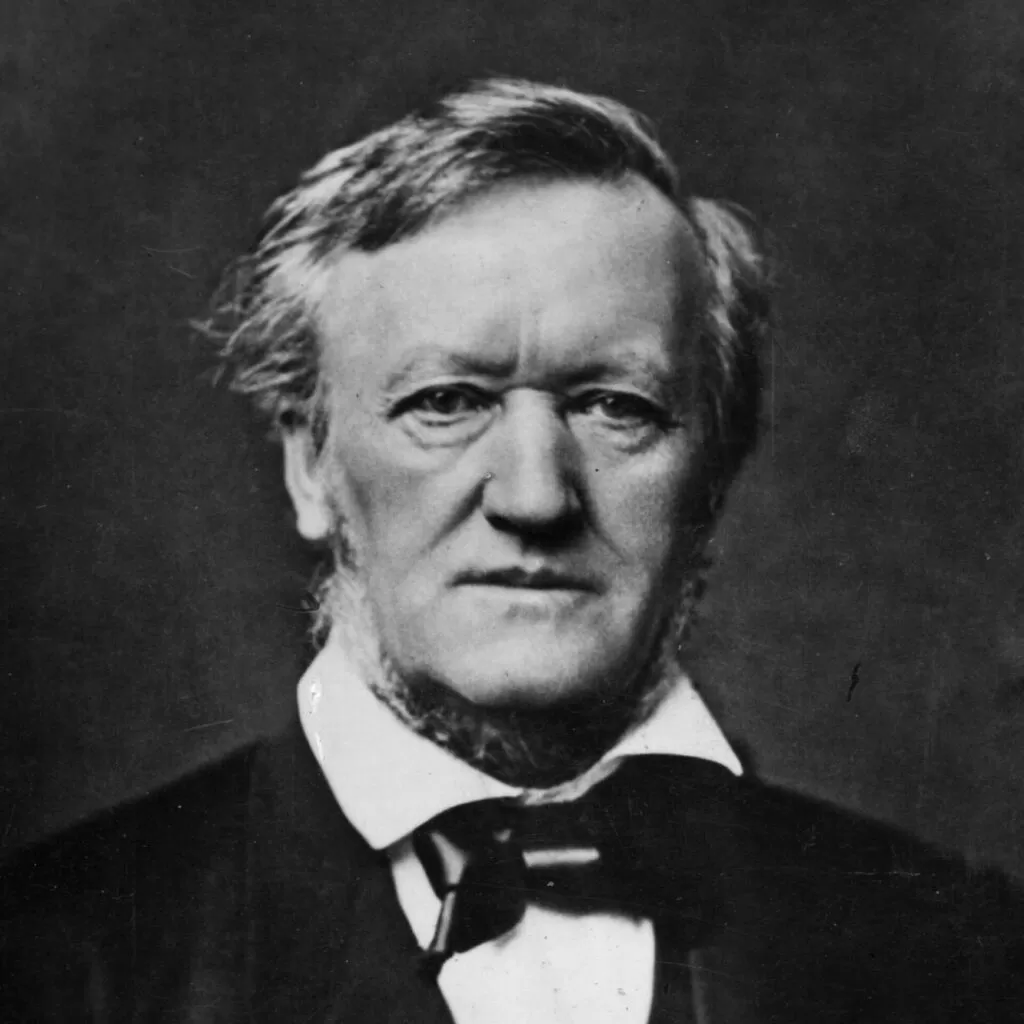
Explore an enchanting audio snippet showcasing the brilliance Richard Wagner's composition.